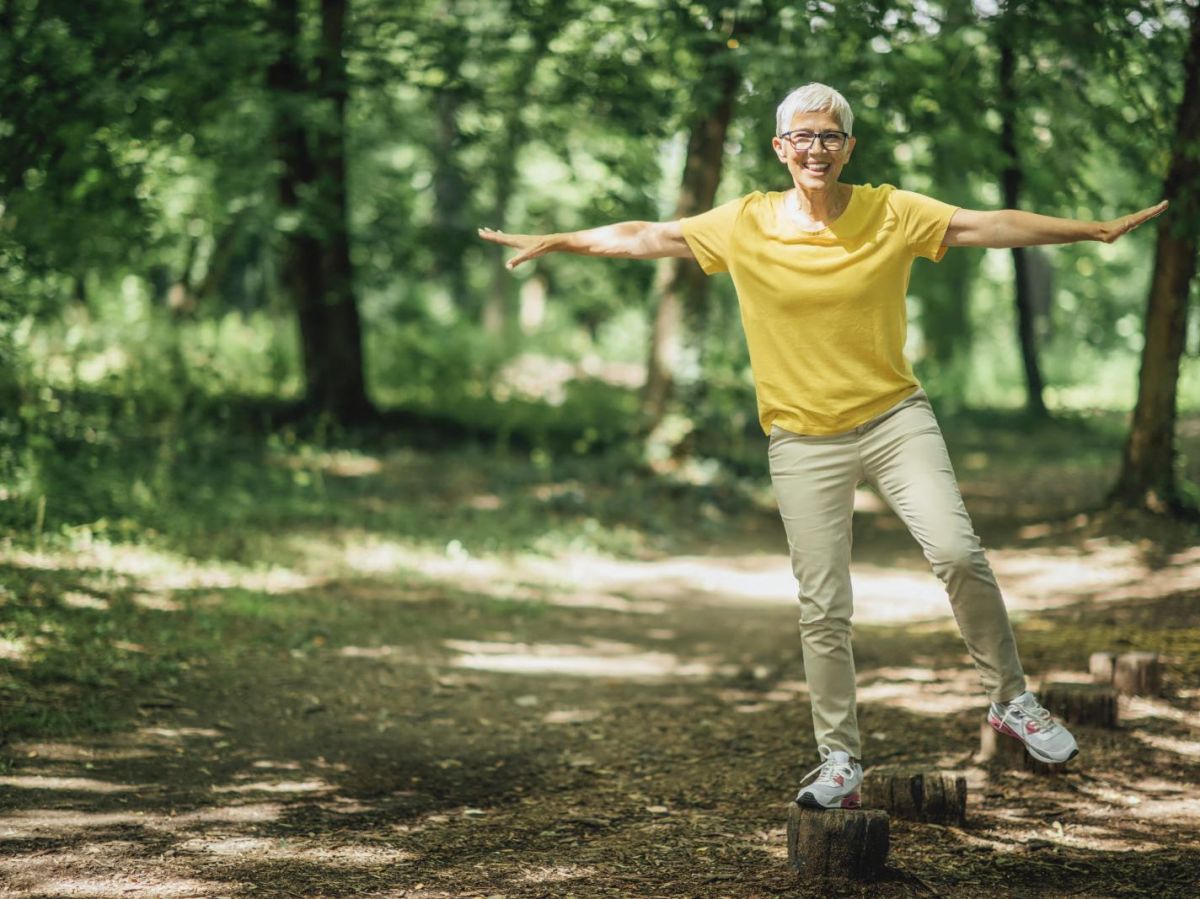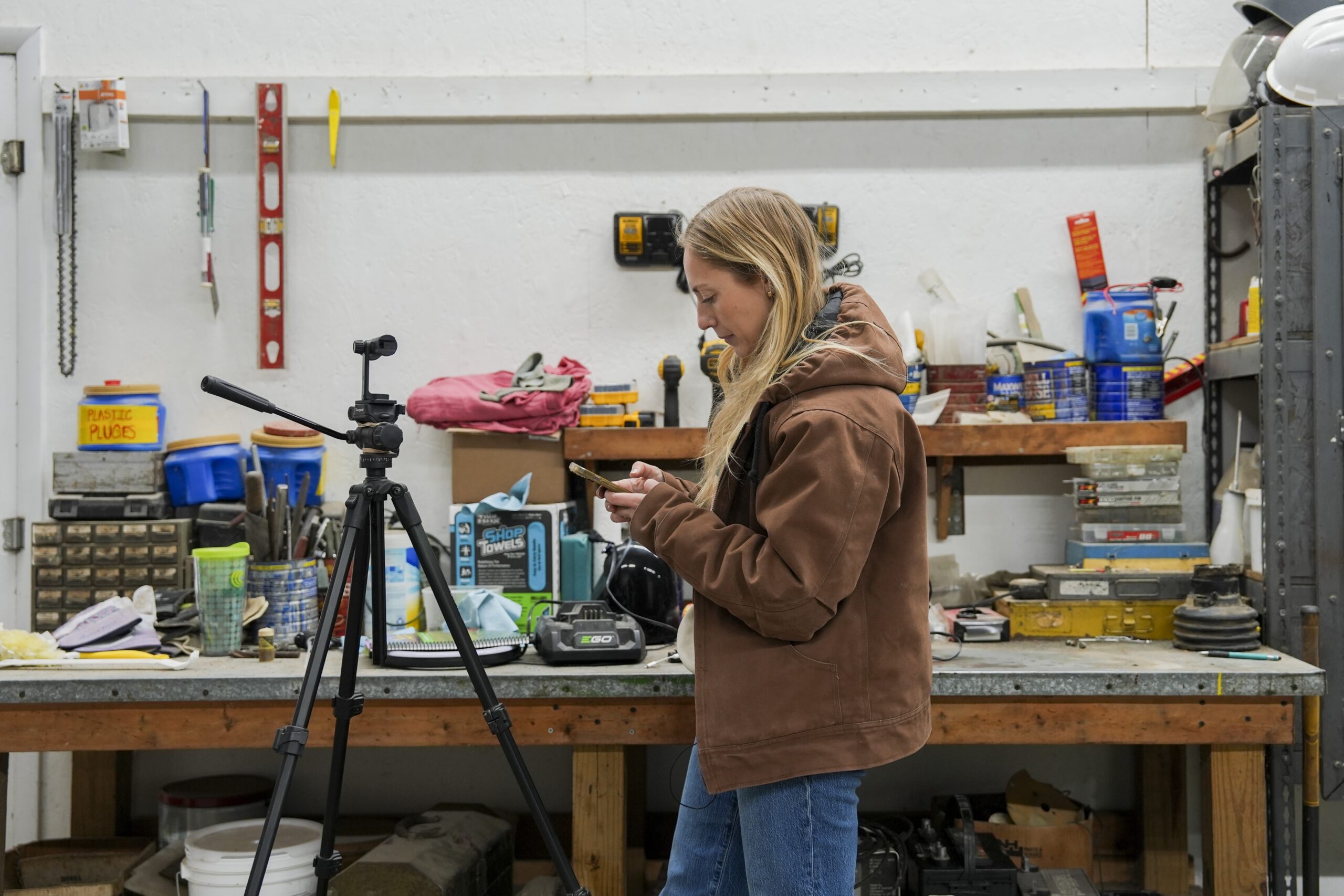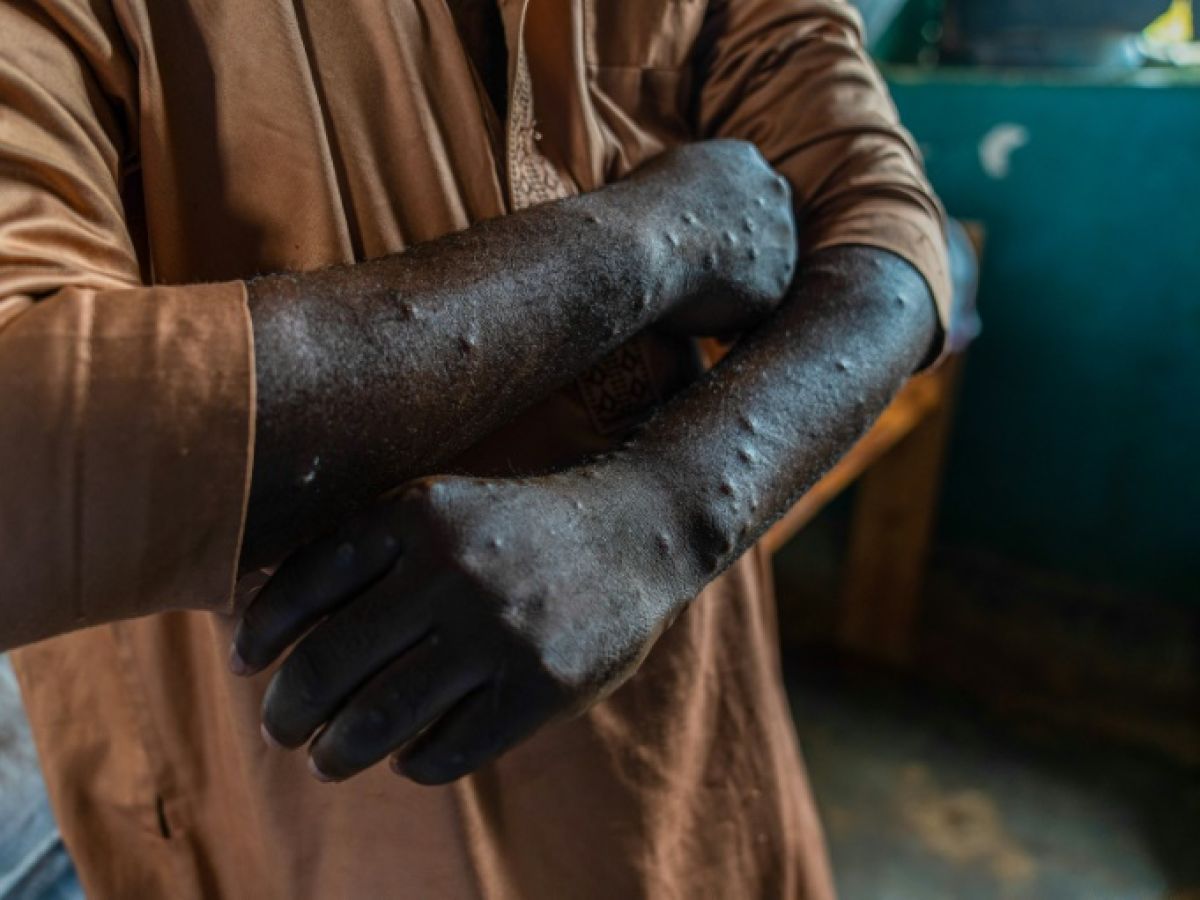We all age, but not at the same speed. Our biological age is not necessarily in agreement with our chronological age, because of factors that can accelerate or slow down aging, such as lifestyle or diseases. Since the discovery of this disconnect between the age of our bodies and that in our passports, experts are constantly looking for precise methods to determine biological age. Without which we could not hope effectively combat aging and the diseases it causes.
The most reliable approaches currently analyze theDNA methylation status, which reflects the progress of the body's aging process. But these methods are precisely very technical and require specific equipment and very precise scientific know-how. Researchers from the Mayo Clinic in the United States presented, on October 23, 2024 in the journal Plos One, a much easier way to get an idea of biological age: stand on one leg for a given time. A less precise approach, certainly, but accessible to all.
Muscles are affected by aging
Aging affects the entire body, but its impact is particularly visible in certain organs, including muscles. Because muscle mass decreases significantly with age, and can lead to muscle atrophy, called sarcopenia. This loss begins before the forties and accelerates after the sixties. Causing increasing fragility which increases the risk of falling and therefore fracture.
Muscle loss is indicative of age
The researchers wanted to study to what extent this loss of muscle mass was indicative of age. To do this, they analyzed muscle strength in 40 people over the age of 50, half of whom were women. The participants were divided into two groups based on their age: those under 65 (average age of 56) and those over 65 (average of 74). Apart from their age, these two groups were comparable in all other physical aspects analyzed (height, weight, body mass index, level of physical activity, etc.)
Read alsoSports on prescription: who can benefit from it and in what cases?
Participants were asked to perform several simple exercises to assess the state of their muscle mass: a grip test, to observe the strength in the arms; a leg extension test; and several standing balance tests. The first of these tests showed that grip strength decreased by about 3.7 % per decade, for both men and women, although this strength was higher in men. As well as for the leg strength test, which showed a decline of about 1.4 % per decade, for both sexes. But it was in the balance test that the relationship between performance and age was clearest.
The amount of time you can balance on your non-dominant leg is a good indicator of age.
The researchers first analyzed how much people moved involuntarily when they were standing with their eyes open. Showing an increase in this movement of about 6.3 % per decade. With their eyes closed, this movement was more pronounced and increased by 10.4 % per decade. That is, older participants moved more than younger ones while trying to keep their balance on their two legs, especially when they did not have access to visual cues.
Then, the participants had to balance on one leg for as long as possible. This time decreased rapidly with age, and decreased more quickly with the non-dominant leg (the left leg for right-handers and the opposite for left-handers). According to the authors, it was not surprising that this ability to balance on one leg was so affected by age. Because balancing on one leg requires a sufficient level of muscular strength and neuromuscular control, in addition to taking into account several sensory information. It is therefore a good indicator of the individual's state of health, and can help determine whether or not someone's neuromuscular age is correlated with their chronological age.
Read also"The effect is quite immediate": during physical exercise, muscles promote the growth of neurons
An easy-to-implement age measurement
The time that one can spend standing on one's non-dominant leg is obviously not as precise an indicator of biological age as DNA methylation, for example. But its interest lies in the ease of this test, which requires no equipment and can be carried out by anyone, even at home, to get an idea of the state of one's health. The authors therefore propose that we pay more attention to this measurement, in order to establish what is the normal duration for an individual at each age. And thus use this measurement to easily get a quick idea of the state of health of the muscular and neurological system of an individual.


